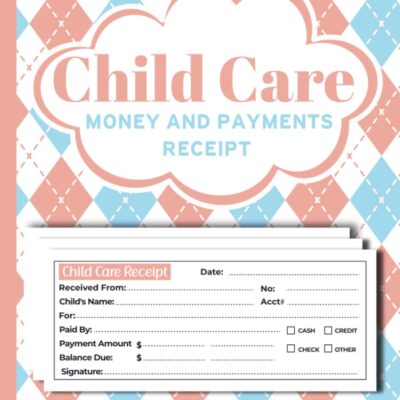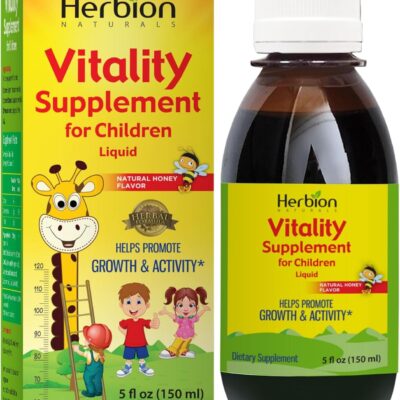
Tylenol dosages and warnings is a go-to for many when they’re dealing with pain or a fever. It’s easy to grab a bottle from the medicine cabinet, pop a pill, and move on with your day. But even though Tylenol is readily available and generally safe, it’s essential to know how to use it correctly. This guide discusses the best ways to take Tylenol, including how much you should take, what to watch out for, and a few tips to keep you safe.
What Exactly Is Tylenol?
Let’s start with the basics: Tylenol is a brand name for acetaminophen, a medication used to relieve pain and reduce fever. Tylenol doesn’t reduce inflammation, unlike other pain relievers like ibuprofen or aspirin. That makes it a good option if you need pain relief without the risk of stomach issues that can come with other medications.
You can find Tylenol in various forms—tablets, liquid, chewable tablets, and even suppositories. It’s pretty versatile, so there’s likely a form that works well for you, whether you’re dealing with a headache, a sore back, or a fever.
How Much Tylenol Should You Take?
Knowing the correct dosage is critical to using Tylenol safely. Here’s a simple breakdown of what you should know.
* For Adults
Tylenol dosages and warnings if you’re an adult taking regular-strength Tylenol, the typical dose is 325-650 mg every 4 to 6 hours. The maximum you should take in a day is 3,250 mg. If you’re using extra-strength Tylenol, which is 500 mg per tablet, you should take one tablet every 6 hours and don’t exceed 3,000 mg daily.
It’s essential to keep track of how much you’re taking, especially if you’re also using other medications. Many over-the-counter products, like cold and flu meds, also contain acetaminophen, so it’s easy to accidentally take too much.
* For Kids
Dosing for kids is different because it’s based on their weight. The general rule is 10-15 mg of acetaminophen at least once every four to six hours, with a max of 5 doses in 24 hours. But here’s the thing: always talk to your child’s doctor before giving Tylenol, especially if they’re under two years old.
When giving kids a liquid Tylenol, use the measuring device with it. Household spoons can vary in size, leading to dosing errors. Since the concentration of liquid Tylenol can differ from one product to another, double-check that you’re giving the right amount.
* For Adults
You should be more careful with Tylenol dosages and warnings if you’re older. As we age, our bodies process medications differently, and some Adults may have underlying conditions like liver issues that can make Tylenol riskier. It’s always a good idea to start with the lowest effective dose and check in with your doctor to see what’s best for you.
Warnings You Need to Know
Tylenol is safe for most people, but there are some important warnings to remember.
* Watch Your Total Daily Dose
One of the biggest things to be aware of is the maximum daily dose. Taking too much Tylenol can lead to severe liver damage, which can be life-threatening. The signs of an overdose aren’t always apparent at first—they can include nausea, vomiting, loss of appetite, and later, more severe symptoms like confusion and yellowing of the skin or eyes. If you think you’ve taken too much Tylenol, get medical help right away.
* Be Careful with Other Medications
Many over-the-counter and prescription meds contain acetaminophen, so it’s easy to double up accidentally. Before taking Tylenol, check the labels of any other medications you use to ensure you’re not exceeding the safe limit.
* Avoid Mixing with Alcohol
Mixing alcohol with Tylenol is a big no-no. Your liver processes both, and taking them together can increase the risk of liver damage. If you drink a lot or have had liver problems in the past, problems, talk to your doctor before using Tylenol.
Who Should Be Cautious with Tylenol?
While Tylenol is safe for most people, certain groups should be extra cautious.
* People with Liver Issues or Regular Drinkers
If your liver is sick or you drink alcohol frequently, Tylenol might not be the best choice for you. Since your liver is responsible for breaking down acetaminophen, any extra stress on your liver can increase the risk of damage. Before taking Tylenol, you should always talk to your doctor if you’re in this group.
* Pregnant or Breastfeeding Women
Tylenol is generally considered safe during pregnancy and breastfeeding, but it’s always a good idea to check with your doctor first. Some studies suggest a potential link between acetaminophen use during pregnancy and developmental issues in children, although the evidence isn’t definitive. Our doctor can help you think about the good and bad points.
* People on Certain Medications
If you’re taking other medications, especially ones that affect your liver or interact with acetaminophen, it’s essential to talk to your doctor before taking Tylenol. Some blood thinners, anticonvulsants, and tuberculosis treatments can interact with acetaminophen, so getting personalized advice is best.
How to Take Tylenol Safely
Taking Tylenol safely is straightforward if you follow these simple tips.
* Read the Label
Always start by reading the label on your Tylenol product. It’ll tell you everything you need to know about the dosage, how often to take it, and what side effects to watch for. Feel free to ask a pharmacist or your doctor if anything needs clarification.
* Keep Track of Your Doses
It’s easy to lose track of when you last took a dose, especially if you’re in pain or feeling unwell. You could set your phone to remember you or jotting down the times you take your medication to avoid accidentally doubling up.
* Store It Safely
Ensure you store Tylenol in a safe place, out of reach of kids. Accidental ingestion can be dangerous, so it’s a good idea to keep it locked away or in a high cabinet. If a child accidentally takes Tylenol, get medical help immediately.
What If You Miss a Dose?
If you miss a dose of Tylenol, take it as soon as you remember—unless it’s almost time for your next dose. In that case, skip the missed dose. Don’t double up to make up for it, as that can increase the risk of an overdose.
Possible Side Effects
Most people don’t experience side effects from Tylenol, but it’s still good to know what to look out for.
* Common Side Effects
The most common side effects are mild and might include nausea, vomiting, or a rash. These usually go away on their own, but if they persist, call your doctor.
* Serious Side Effects
In rare cases, Tylenol can cause more serious problems, like liver damage or severe allergic reactions. If you notice signs like severe stomach pain,
If your skin or eyes turn yellow or you have trouble breathing, get medical help right away.
Alternatives to Tylenol
If Tylenol isn’t right for you, don’t worry—there are other options.
Other Over-the-Counter Pain Relievers
Ibuprofen (like Advil or Motrin) and aspirin are other over-the-counter options for pain relief. These medications are NSAIDs, which means they also reduce inflammation. However, they can cause stomach irritation, so they’re not the best choice for everyone. It’s Checking with your doctor before switching pain relievers is always a good idea.
Non-Medication Options
Sometimes, non-medication approaches can help manage pain or fever. These might include applying a cold compress, taking a warm bath, or trying relaxation techniques like deep breathing or meditation. If you’re interested in these options, talk to your doctor to see what might work best for you.
Wrapping It Up
Tylenol dosages and warnings is a trusted and effective medication for many people, but it’s essential to use it correctly. By sticking to the recommended dosages, being aware of potential risks, and consulting with your doctor if you have any concerns, you can use Tylenol safely to manage pain and fever. Remember, it’s always better to ask a healthcare professional for advice when in doubt.
Stay safe, and feel better soon!
If you want to learn my #1 Tylenol Extra Strength Acetaminophen Rapid Release Gels, Click Here Now.





